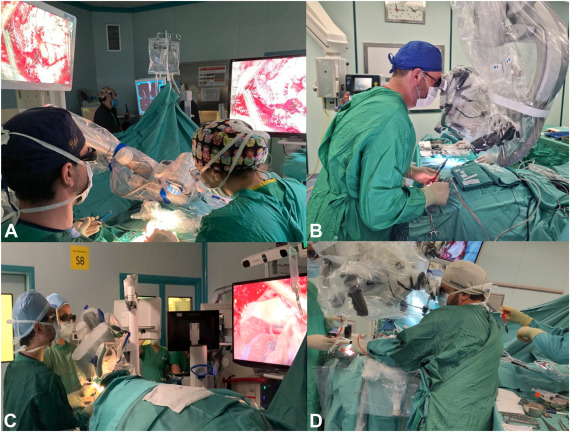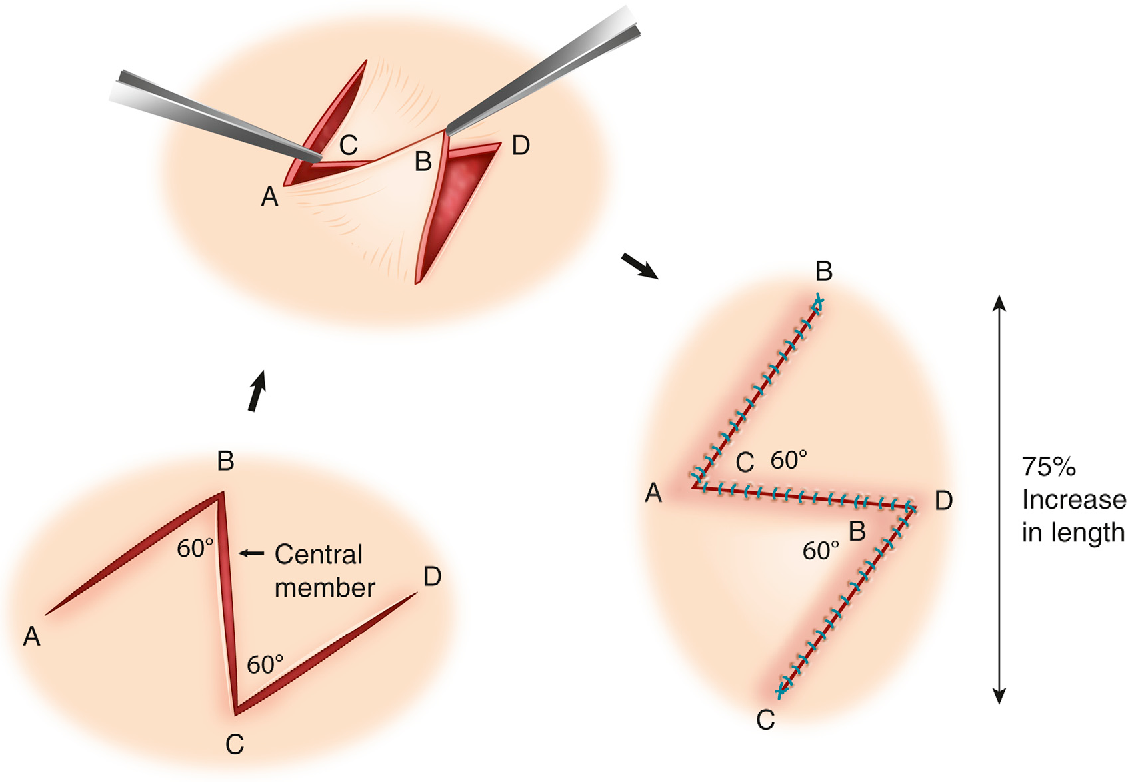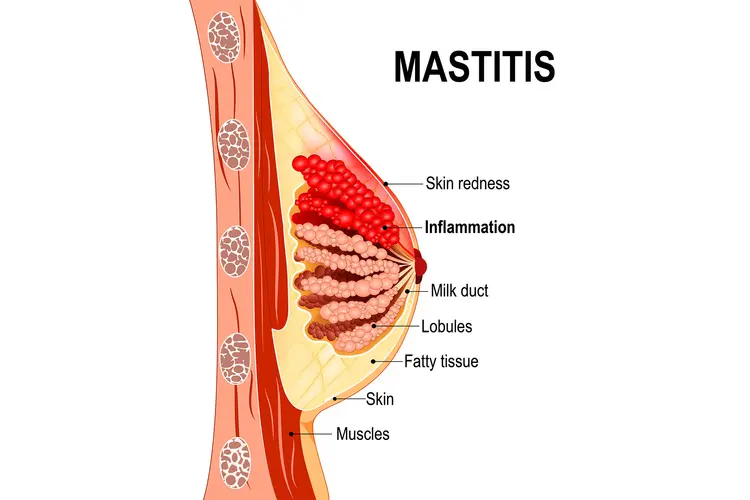
Surgery stands as a cornerstone in the diagnosis, staging, treatment, and palliation of cancer. Its role is dynamic and evolves with advancements in medical science, often complementing other therapeutic modalities such as chemotherapy, radiation therapy, and targeted treatments.
Diagnostic Biopsies – The Foundation of Cancer Diagnosis
Before any treatment can commence, an accurate diagnosis is paramount. Biopsies are procedures designed to obtain tissue samples from suspicious areas for pathological examination, confirming the presence of cancer, its specific type, and often its grade. The choice of biopsy technique depends on the location and nature of the suspicious lesion.
1. Fine Needle Aspiration (FNA)
- What it is: FNA is a minimally invasive procedure that uses a very thin, hollow needle (similar to those used for blood draws) to extract a small sample of cells or fluid from a suspicious lump or mass. It is often guided by imaging techniques like ultrasound or CT scan, especially for deeper lesions.
- When it’s used: Commonly employed for superficial masses like those in the thyroid, breast, lymph nodes, or salivary glands. It can also be used for deeper lesions in the lung or liver with imaging guidance.
- Process: The area is numbed with local anesthetic. The needle is inserted into the mass, and cells are aspirated into a syringe. The sample is then spread on slides and sent to a pathologist for cytological analysis (examining individual cells).
- Advantages: Quick, relatively painless, outpatient procedure, minimal scarring, low risk of complications.
- Disadvantages: Provides only a small sample of cells, which might not be sufficient for comprehensive diagnosis (e.g., to determine tissue architecture or specific protein markers). A “non-diagnostic” result is possible, necessitating a repeat biopsy or a more invasive procedure.
2. Core Needle Biopsy (True Cut Biopsy)
- What it is: Core needle biopsy, often referred to as “True Cut” or “Tru-Cut” biopsy due to a common brand of biopsy needle, involves using a larger gauge, hollow needle to remove a small cylinder (core) of tissue. This needle has a cutting mechanism to extract a solid piece of tissue rather than just cells.
- When it’s used: Preferred over FNA when a larger tissue sample is needed for definitive diagnosis, grading, and immunohistochemical staining. It’s commonly used for breast masses, liver lesions, prostate biopsies, and soft tissue tumors. Like FNA, it’s often image-guided.
- Process: After local anesthesia, a small incision might be made in the skin. The core needle is inserted into the suspicious area, and one or more core samples of tissue are extracted.
- Advantages: Provides a larger tissue sample, allowing for detailed histological examination, architectural assessment, and a wider range of molecular and genetic tests. It is still a relatively minimally invasive outpatient procedure.
- Disadvantages: Slightly more invasive than FNA, with a higher risk of bruising, bleeding, or minor discomfort. There’s a small risk of infection or injury to surrounding structures.
3. Incisional Biopsy
- What it is: An incisional biopsy involves surgically removing only a portion of the suspicious lesion or tumor. It’s an open surgical procedure, typically performed under local or general anesthesia.
- When it’s used: Employed when a core needle biopsy is not feasible or provides insufficient information, typically for larger tumors that cannot be fully excised without significant morbidity, or when the nature of the lesion is highly suspicious and a larger tissue sample is required for a definitive diagnosis before planning definitive surgery. Common for soft tissue sarcomas, large skin lesions, or some head and neck tumors.
- Process: A small incision is made, and a representative piece of the tumor, along with a small margin of surrounding normal tissue, is excised. The wound is then closed with sutures.
- Advantages: Provides a substantial tissue sample, allowing for comprehensive pathological analysis, including assessment of tumor margins (though not the definitive margin for curative intent).
- Disadvantages: More invasive than needle biopsies, requiring sutures and carrying risks associated with open surgery (e.g., infection, bleeding, scarring). It leaves a larger scar and can potentially interfere with subsequent definitive surgery if not planned carefully.
4. Excisional Biopsy
- What it is: An excisional biopsy involves the complete surgical removal of the entire suspicious mass or lesion, along with a small margin of healthy tissue around it.
- When it’s used: Often the preferred diagnostic and sometimes therapeutic approach for smaller, easily accessible lesions, such as suspicious moles (melanoma), small breast lumps, or accessible lymph nodes. If the margins are clear and the lesion is benign or low-grade, this procedure can be both diagnostic and curative.
- Process: Under local or general anesthesia, an incision is made, and the entire lesion is carefully dissected and removed. The wound is then closed.
- Advantages: Provides the largest tissue sample for diagnosis, allowing for full assessment of the tumor and its margins. It can be potentially curative if the lesion is completely removed with clear margins.
- Disadvantages: Most invasive type of biopsy, leaving a larger scar. Risk of complications associated with surgery. If the lesion turns out to be malignant and margins are positive, a second, more extensive surgery may be required.
Therapeutic Surgery in Oncology – A Spectrum of Interventions
Beyond diagnosis, surgery plays a critical role in the treatment and management of various cancers, with goals ranging from prevention to palliation.
1. Surgery for Prevention of Cancer (Prophylactic Surgery)
- What it is: This involves the removal of organs or tissues that are healthy but are known to have a very high risk of developing cancer, particularly in individuals with strong genetic predispositions. The aim is to prevent cancer from ever occurring.
- When it’s used: Primarily indicated for individuals with specific inherited cancer syndromes where the lifetime risk of developing cancer is exceptionally high.
- Examples:
- Prophylactic Mastectomy: For individuals with BRCA1/2 gene mutations, which significantly increase the risk of breast cancer. Removal of both breasts can reduce this risk by over 90%.
- Prophylactic Oophorectomy: For BRCA1/2 carriers at high risk of ovarian cancer. Removal of the ovaries and fallopian tubes can significantly reduce the risk of both ovarian and fallopian tube cancers.
- Prophylactic Colectomy: For individuals with Familial Adenomatous Polyposis (FAP), an inherited condition causing hundreds to thousands of polyps in the colon, almost guaranteeing colon cancer if untreated. Removal of the colon prevents this inevitable progression.
- Examples:
- Considerations: This is a major decision, often made after extensive genetic counseling and psychological support, as it involves removing healthy organs and has significant physical and psychological implications.
2. Surgery for Cancer Cure (Curative/Definitive Surgery)
- What it is: The primary goal of curative surgery, also known as definitive or primary surgery, is to completely remove all visible cancerous tissue from the body, aiming for a complete cure. This is often the first-line treatment for many solid tumors.
- When it’s used: Applicable for early-stage cancers that are localized and have not spread significantly. It is most effective when the tumor is resectable (can be completely removed).
- Principles:
- R0 Resection: The ultimate goal is to achieve an R0 resection, meaning the complete removal of the tumor with clear microscopic margins (no cancer cells found at the edges of the removed tissue). This provides the best chance of cure.
- Lymph Node Dissection: Often, surrounding lymph nodes are also removed (lymphadenectomy) to check for spread and to remove any microscopic disease, which helps in staging and guides adjuvant therapies.
- Staging: Surgical exploration allows for accurate staging of the cancer, helping to determine the extent of the disease and guide further treatment.
- Examples: Lumpectomy or mastectomy for breast cancer, colectomy for colon cancer, lobectomy or pneumonectomy for lung cancer, prostatectomy for prostate cancer, gastrectomy for stomach cancer, or nephrectomy for kidney cancer.
3. Surgery for Metastatic Diseases (Metastasectomy)
- What it is: Metastasectomy refers to the surgical removal of metastatic lesions (cancer that has spread from its primary site to distant organs). Traditionally, surgery for metastatic disease was deemed futile, but advancements have shown it can be beneficial in select cases.
- When it’s used: Not all metastatic diseases are amenable to surgery. It is typically considered when:
- The primary tumor is controlled or resectable.
- The metastases are limited in number and location (oligometastatic disease).
- The patient’s overall health and performance status allow for major surgery.
- There are no other effective non-surgical treatment options, or surgery offers a better outcome.
- Goals: Can be curative in highly selected patients (e.g., solitary lung or liver metastasis from colorectal cancer). More often, it can extend life, reduce tumor burden, or alleviate symptoms.
- Examples:
- Lung Metastasectomy: Removal of lung metastases, often from colorectal cancer, osteosarcoma, or renal cell carcinoma.
- Liver Metastasectomy: Removal of liver metastases, commonly from colorectal cancer, neuroendocrine tumors, or GIST.
- Spinal Metastasectomy: For isolated spinal metastases causing pain or neurological deficit.
- Considerations: Requires careful patient selection and a multidisciplinary approach involving oncologists, radiologists, and surgeons.
4. Surgery for Oncologic Emergencies
- What it is: These are urgent surgical interventions required to address acute, life-threatening complications that arise directly from cancer or its treatment. The goal is to stabilize the patient, prevent irreversible harm, and save lives.
- When it’s used: When cancer causes immediate and severe threats to vital organ function or overall patient survival.
- Examples:
- Bowel Obstruction: Tumors in the gastrointestinal tract can cause complete blockage, leading to severe pain, vomiting, and dehydration. Surgery may involve tumor resection, bypass, or creation of a stoma (e.g., colostomy).
- Spinal Cord Compression: Tumors metastasizing to the spine can compress the spinal cord, causing rapid onset of weakness, numbness, and paralysis. Emergency surgery (decompression laminectomy) is performed to relieve pressure and preserve neurological function.
- Superior Vena Cava (SVC) Syndrome: Tumors in the chest (e.g., lung cancer, lymphoma) can compress the SVC, leading to facial swelling, arm swelling, and shortness of breath. Surgical stenting or bypass may be necessary.
- Severe Hemorrhage: Tumors can erode blood vessels, causing life-threatening bleeding. Emergency surgery aims to ligate the bleeding vessel or remove the bleeding tumor.
- Pathological Fractures: Cancer spread to bones can weaken them, leading to fractures with minimal trauma. Surgery involves stabilization (e.g., with rods or plates) and sometimes tumor removal.
5. Surgery for Palliation Cases (Palliative Surgery)
- What it is: Palliative surgery is performed when a cancer is advanced, widely metastatic, or incurable. The primary objective is not to cure the cancer but to alleviate distressing symptoms, improve the patient’s quality of life, and sometimes prolong life comfortably.
- When it’s used: When symptoms like pain, obstruction, bleeding, or disfigurement significantly impact a patient’s comfort and daily function.
- Goals:
- Symptom Relief: Reducing pain, relieving pressure, addressing bleeding, or restoring function.
- Quality of Life Improvement: Enabling the patient to eat, move, breathe, or function more comfortably.
- Prevention of Future Complications: Proactive surgery to prevent imminent complications (e.g., stenting to prevent complete obstruction).
- Examples:
- Debulking Surgery: Removing a large portion of a tumor to reduce mass effect, alleviate pain, or improve the effectiveness of subsequent treatments like chemotherapy, even if microscopic disease remains.
- Colostomy/Ileostomy: Creating a stoma to bypass an incurable bowel obstruction, allowing waste to exit the body and relieve symptoms.
- Pain Relief Surgery: For intractable pain not responding to medication, surgical procedures might involve nerve blocks, tumor debulking, or stabilization of bone metastases.
- Gastrostomy/Jejunostomy: Inserting a feeding tube to provide nutrition when a tumor obstructs the esophagus or stomach, significantly improving quality of life.
- Tracheal Stenting: For tumors compressing the airway, a stent can be placed to keep the airway open and improve breathing.
Conclusion
Surgery is an indispensable and evolving discipline within oncology, encompassing a wide spectrum of interventions crucial at almost every stage of a cancer journey. From confirming a diagnosis with precision to offering a chance at cure, managing acute emergencies, and providing compassionate relief from debilitating symptoms, surgical oncology continues to serve as a vital pillar in comprehensive cancer care. The decision to undertake any surgical procedure in oncology is always made through careful consideration in a multidisciplinary team, weighing the potential benefits against the risks and aligning with the patient’s overall goals and prognosis.





